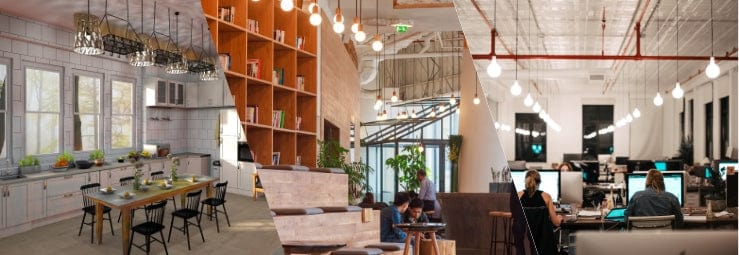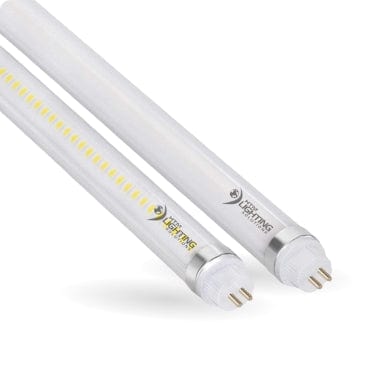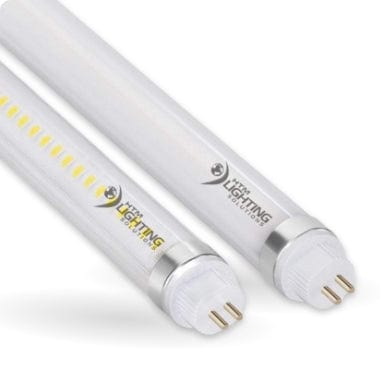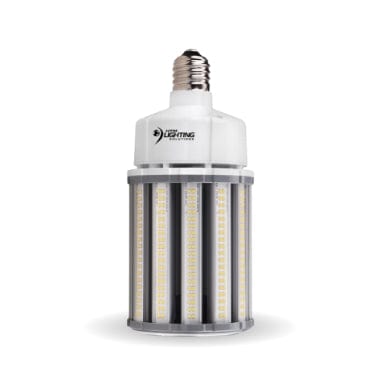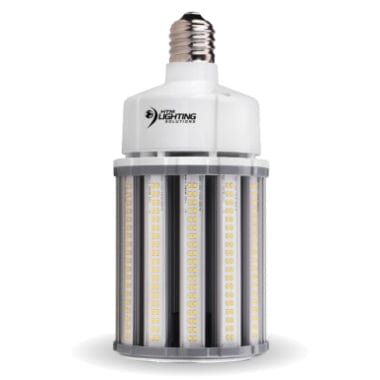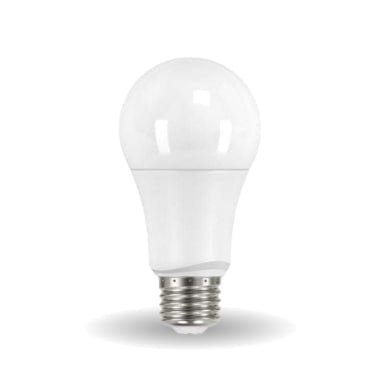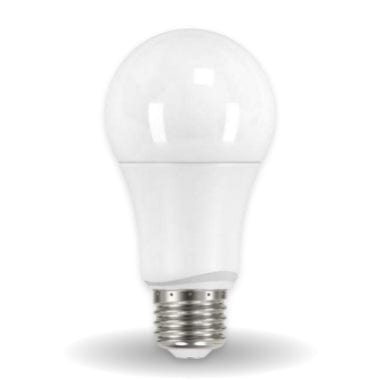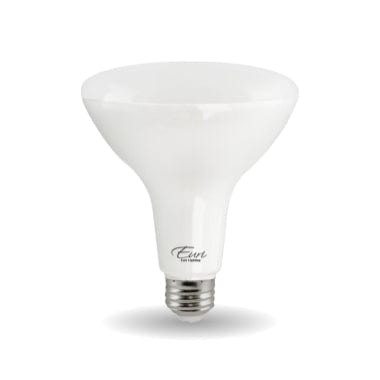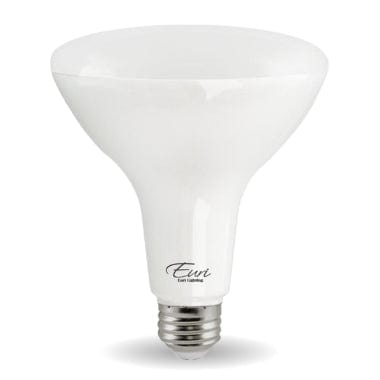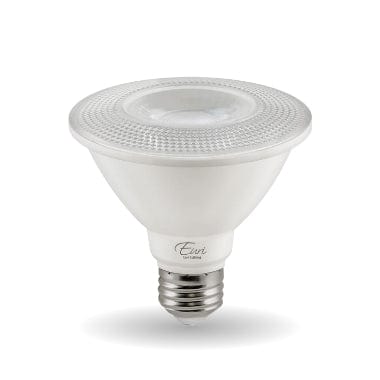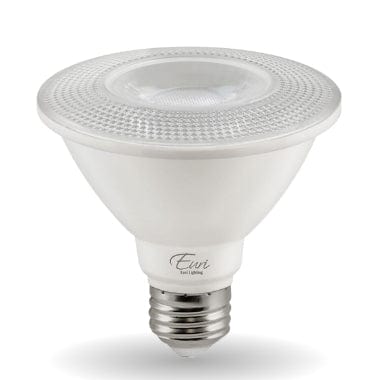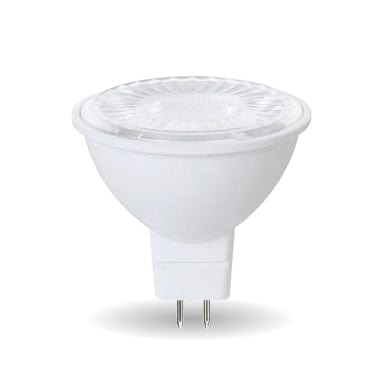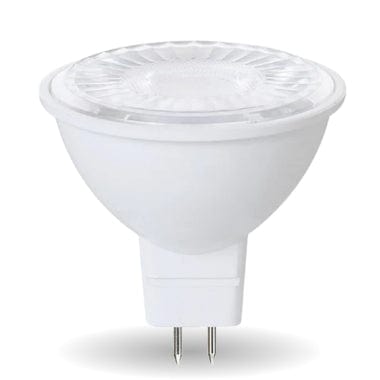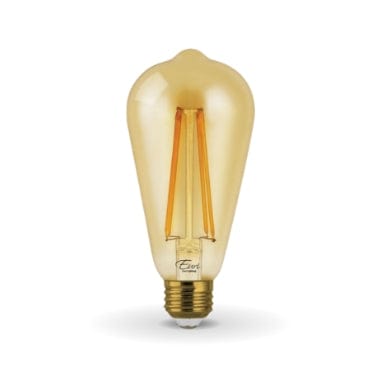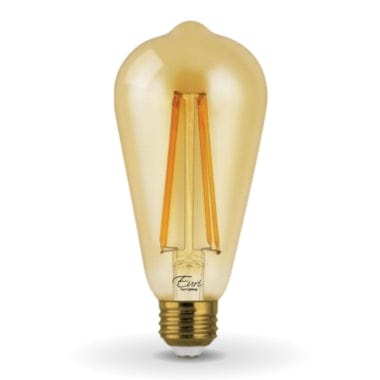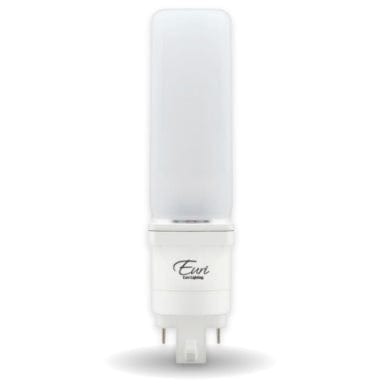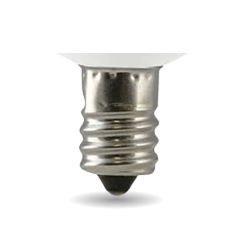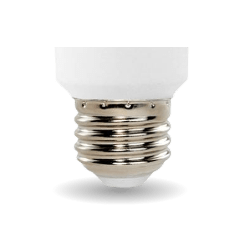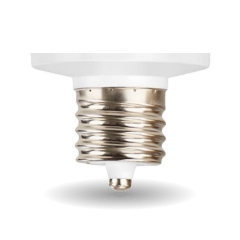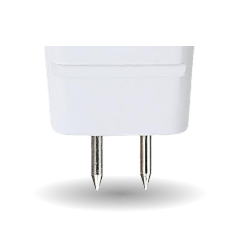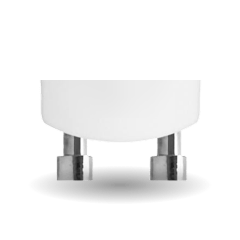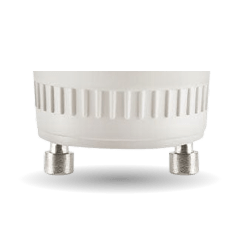Shop By Bulb Series
About Light Bulb Shapes
There are several factors to consider when purchasing LED light bulbs, such as the shape and bulb base.
A Series: This is the typical bulb shape that comes to mind when most people think of light bulbs. They are primarily used in residential application and have an omnidirectional beam angle.
BR Series: These provide a wider beam angle, usually wider than 90 degrees, and used mostly for floodlighting.
PAR Series: These use "Parabolic Aluminum Reflectors" to provide a powerful, narrow beam of light that usually does not exceed 45 degrees.
C Series: Also known as Candelabra bulbs, these look similar to the B series, but with a more pronounced flame shape. These are usually used in decorative applications and provide an omnidirectional beam angle.
F Series: Also called Flame bulbs, these decorative bulbs provide a flickering effect to imitate flames and provide an omnidirectional beam angle.
MR Series: Used mostly for spotlighting, these powerful bulbs have a beam angle under 45 degrees.
LED Corn Lights
These energy-efficient LED lights are one of the most affordable LED Retrofit Solutions for Metal Halide Shoe Box, High Bay Fixtures, Wall Packs,
and just about any other standard fixture that uses a Metal Halide or HPS Bulb.
LED Corn Lights are available with either an E26 Medium Base or E39 Mogul Base and have a 360 Degree Beam Angle. Installation is simple,
requiring only a ballast bypass and rewiring the 100-277VAC main line directly to the socket in the fixture.
LED Tubes
LED Tubes are vastly superior to traditional fluorescent tubes, as these are lightweight and longer-lasting options for overhead lighting. LED tubes
come in a variety of lengths, sizes, and color temperatures, and can replace most traditional tubes. LED Tubes are also RoHS Compliant, and
mercury- and lead-free!
Like any light bulb, determining the differences between T5, T8, and T12 tubes is quite simple, as the number reflects the diameter of the tube in 1/8”
increments. For example, a T5 tube is going to be 5/8” in diameter, T8 Tubes are 1” in diameter, and T12 tubes are 1-1/4” in diameter. The size of the
bipin ends is also a giveaway, as the T5 LED Tubes will typically use a G5 Mini Bi-Pin, and T8s will use a G13 Medium Bi-Pin base.
Should you go with clear or frosted lenses? Well, this is mostly a matter of personal preference and the type of application. The clear lens will cast
sharper shadows, due to the visible LED chips in the tube and make specific areas ‘pop’ out more. The frosted lens has a diffuser that allows for a
more even light spread and softer shadows and is used more for areas requiring more even lighting.
HTM Lighting Solutions currently only offers Type B LED Tubes, which have an internal driver, requiring a ballast bypass and rewiring the fixture to a
dual-ended connection in order to supply power to the tubes directly.
While bypassing a ballast sounds quite difficult, with all of the wiring and cutting involved, it is actually quite a simple process! To bypass the ballast,
you will simply cut the wires close to the ballast, which can then be removed, and rewire the fixture as a dual-ended connection, with one side of the
fixture wired to the hot line, and the other side wired to the neutral line.
For additional instructions, please feel free to look at our ballast bypass guide, or give us a call at (813) 649-8899!
Vintage-Style Filament LED Bulbs
For the classic filament-style vintage lighting, look no further than our LED Filament bulbs! Reproducing the ultra-warm glow and bulb shapes
associated with vintage filament lighting, these energy-efficient and long-lasting options will be sure to give that classic feel!
Some examples we carry include:
- Edison-style LED Filament Bulbs
- Globe-style LED Filament Bulbs
- Bullet-tip LED Filament Bulbs
About Light Bulb Bases
In addition to the bulb shape, it is also important to know the bulb base needed for your socket. Here are just a few examples:
Screw Bases:This includes E12 Candelabra, E26 Medium, E27 Medium, E39 Mogul, and EX39 Mogul bases. These screw directly into the socket.
Twist and Lock Bases: GU10 and GU24 bases are bipin bases that twist and lock into the socket to secure the bulb.
Bi-Pin Bases:Mostly used in MR bulbs and T5 tubes, these plug into the socket using two pins.

